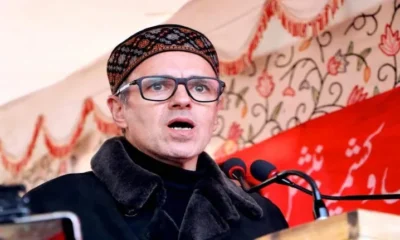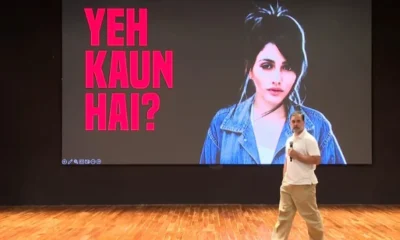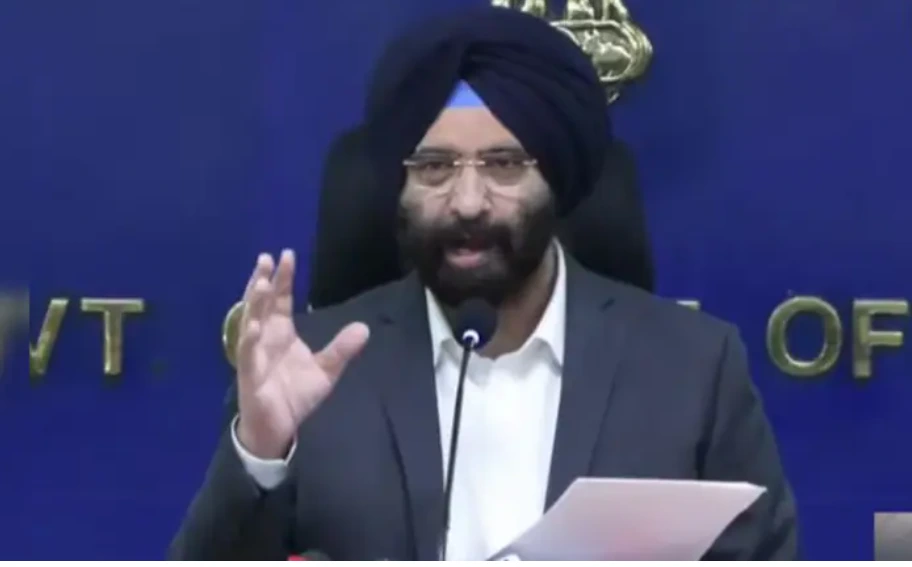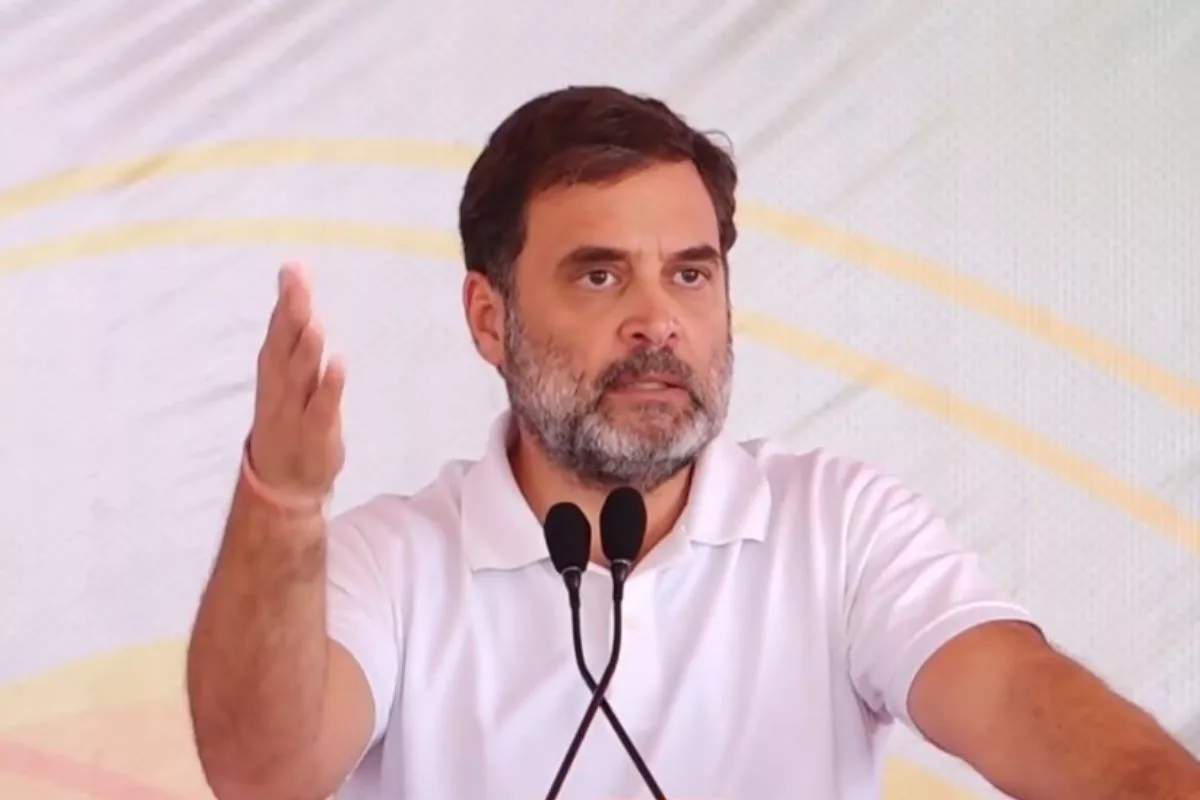When local opposition to Vedanta owned Sterlite copper plant in Thoothukudi (earlier ‘Tuticorin’) exploded in an aggressive protest leading to violence and police firing which took 13 lives, Madras High Court stayed the expansion of the plant and ordered it to go for a public hearing. The company claimed it was not a legal requirement.
Some reports after this revealed that this was because the rules had been tweaked by the Centre to favour Vedanta.
While the Tamil Nadu government has been facing the ire for police action and is accused of favouring Vedanta, it is the UPA and then the Modi government which changed laws and tweaked rules for the company. The Modi government went to new lengths – we shall come back to it later here.
To begin with, said a report in The Economic Times (ET), Sterlite Industries was allowed by both the UPA and NDA governments to construct the copper smelter in Tuticorin without carrying out the mandated public hearing process.
The plant was first given the green signal by the environment ministry’s expert appraisal committee in 2008, when the United Progressive Alliance was in power, the ET report said.
In 2008, Vedanta’s Sterlite Industries Limited had sought exemption from public consultation. The 2006 Environment Impact Assessment (EIA) Rules state: “All Category ‘A’ and Category B1 projects or activities shall undertake public consultation, except… all projects or activities located within industrial estates or parks.”
Copper smelter plants fall under category A. However, Sterlite Industries sought for an exemption to this rule in 2008, stating that the smelter was located within an industrial park.
According to the report, the industrial park in question was not granted environmental clearance as the State Industries Promotion Corporation of Tamil Nadu (SIPCOT) industrial park was developed before the notification of the Environmental Impact Assessment rules. As the 2006 Environment Impact Assessment rules do not cover industrial parks which did not receive environmental clearance, officials quoted in the report say that this was the grey area where Sterlite brought forward its plea.
The project got the clearance in 2008, but was held up for five years as the environmental clearance process was challenged in court.
The government changed and Modi government took charge. It ‘resolved’ the issue in December 2014 when the environment ministry stated in a memorandum that an exemption of projects from public consultation “is available to the projects or activities or units located in industrial estates or parks, which were notified prior to September 14, 2006, i.e EIA notification coming into force”.
The memorandum was struck down by the National Green Tribunal (NGT) in 2016, but not before Sterlite secured a five-year extension on its environmental clearance for its expansion project.
This helped plants such as the one at Thoothukudi to be constructed without taking the people of the affected area into confidence.
This move enabling the existing rules to be passed was done through mere orders from ministry which called it a ‘clarification’. In effect, laid down notified regulations under the law were re-interpreted by a mere executive order in the name of providing a ‘clarification’ to the industry.
This allowed Vedanta and other industries who made pleas, to go ahead with their projects without holding discussions with the public, said a report in The Business Standard (BS).
This interpretation by the NDA government came an a bonanza for companies because the environment ministry under UPA government had insisted in May 2014 that projects such as Vedanta’s in Thoothukudi were required by law to first go through public consultations, the BS report said.
The NDA government reversed this position in December 2014 and in March 2015 the environment ministry extended Vedanta’s environmental clearance till December 2018. This it did even while the question of the need for public hearing by projects in different kinds of industrial parks was being contested in the courts. This allowed the company to carry out construction.
In 2016, the National Green Tribunal (NGT) ruled as illegal the December orders of the NDA government, which favoured Vedanta. Ministry officials maintained that annulling the government’s December 2014 orders would severely affect several projects, but the NGT eventually quashed the orders and on its directions, the ministry passed fresh orders expressly stating that projects in industrial parks without environmental clearances needed to hold public hearings.
But by then, Vedanta had already got an extension of the green clearance to its expansion project in Thoothukudi without having a public hearing and construction was on way, the report says. Soon, protests started. Before the May 22 violence, protests had been on for 100 days.
It is on the basis of the 2016 ruling of the NGT that the court has ordered Vedanta to halt the project and go back to the public to hold consultations.
This brings us the the point mentioned earlier. The background to the Centre-Vedanta involves another aspect: that of political funding by corporate houses, especially foreign funding.
In March 2014, the Delhi High Court had held both the Congress and the BJP guilty of illegally receiving contributions from British mining and energy conglomerate Vedanta.
The Congress and the BJP separately challenged the ruling. After the BJP came to power, it amended a law with retrospective effect, making the alleged illegal foreign funds that the two parties received legal and nullifying the high court order.
The Representation of People’s Act, which lays down the rules for elections, bars political parties from accepting foreign funds. Modi government changed it by bringing in alterations through Finance Bill which cannot be stopped by Rajya Sabha. First, in the Finance Bill 2016, the Modi government amended the Foreign Contribution (Regulation) Act (FCRA) to make it easier for parties to accept foreign funds. In 2018, it amended it further to do away with the scope for scrutiny of political parties’ funding since 1976.
This enables the BJP to get funds from foreign companies such as Vedanta without being subjected to scrutiny or having to reveal the source or the amount.


 Latest world news24 hours ago
Latest world news24 hours ago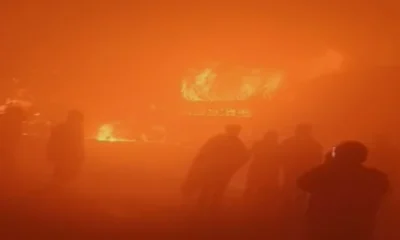
 India News23 hours ago
India News23 hours ago
 LATEST SPORTS NEWS17 hours ago
LATEST SPORTS NEWS17 hours ago
 India News15 hours ago
India News15 hours ago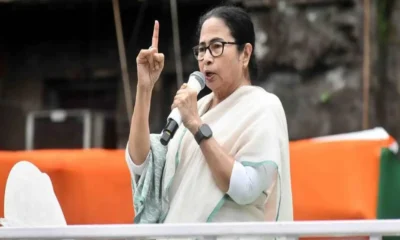
 India News19 hours ago
India News19 hours ago
 India News13 hours ago
India News13 hours ago
 Cricket news13 hours ago
Cricket news13 hours ago
 India News17 hours ago
India News17 hours ago
